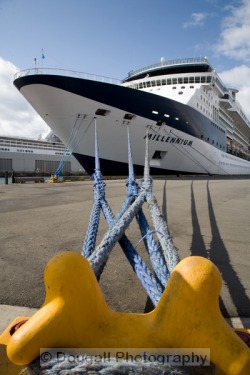
Cruising places you in parts of the world where the spectacular scenery seems to go on forever and challenges the photographer to create an image that maintains some of the "depth" of the scene in two dimensions. There are many ways to achieve this depth, one of which is to literally focus on the foreground to give a sense of proximity for the viewer. Sometimes this is best achieved with a wide angle lens as outlined below.
Wide angle photographs can be quite dramatic with the perspective they offer but they can take in so much that there is no impact whatsoever. Personally, I love how much of an image you can render sharply with a wide angle lens and a small aperture.
The image to the left is the classic shot of a cruise ship in port. As these things are huge, you have to get back a ways if you ever hope to get a recognizable amount of the ship into a photo. While on shore looking for a "beauty shot" of our ship, I was walking towards the bow where I could see that it was tied to massive yellow cleats that were mounted right on the pier. Selecting 24mm on my zoom lens and f/13 on my camera, I was able to take a picture with considerable depth of field from the cleat to the bow off the ship. The bold yellow adds interest to the foreground and the nylon lines draw the viewer's eye up to the ship.
Placing leading lines in an image helps balance things in the foreground and background. They also help to guide the viewer from one portion of the photo to another. Leading lines may move up into a picture or across it, but an image is often stronger when connections are made between various picture elements.
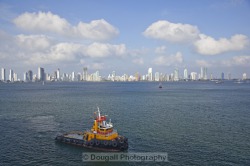
I also had the option of trying a fast and dirty panorama shot with a telephoto lens, but the ship was moving and the speed of my Canon 5D Mk II in taking multiple images is best measured with a calendar. So, as I stared at the scene deciding what do, a tug boat slipped around the stern of our ship and pulled up alongside to shepherd us to the pier just in case the captain had some kind of seizure in the last 1/4 mile of our journey. While this made me significantly more at ease, it also placed a colorful picture element smack dab in the foreground. Now with the tugboat to draw the viewer's attention, I thought I could use the wide angle to capture this image.
No sight lines in this image, but a bright picture element to balance and fill the foreground.
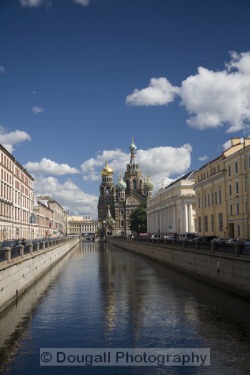
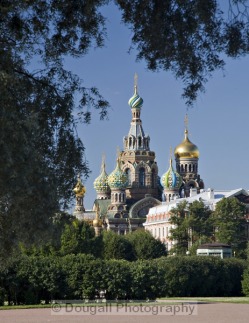
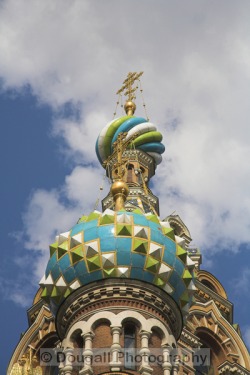


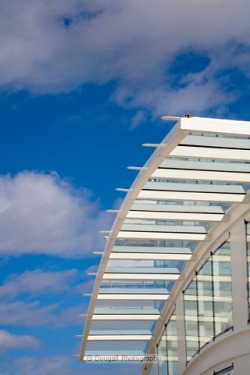
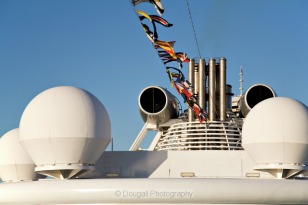
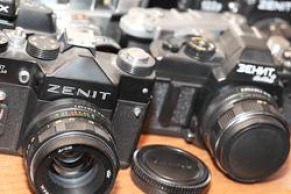
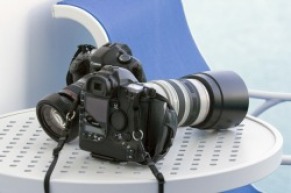





 RSS Feed
RSS Feed
